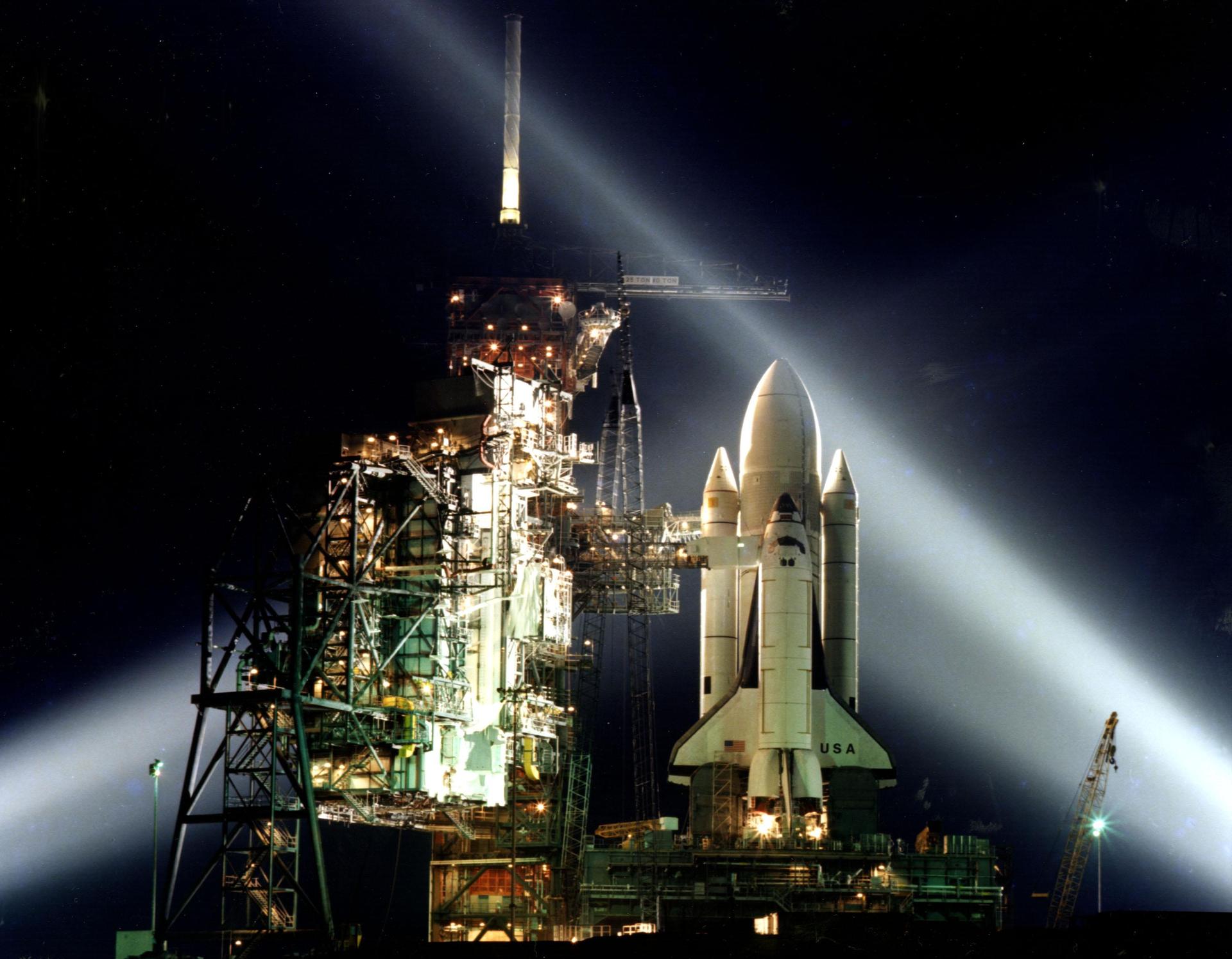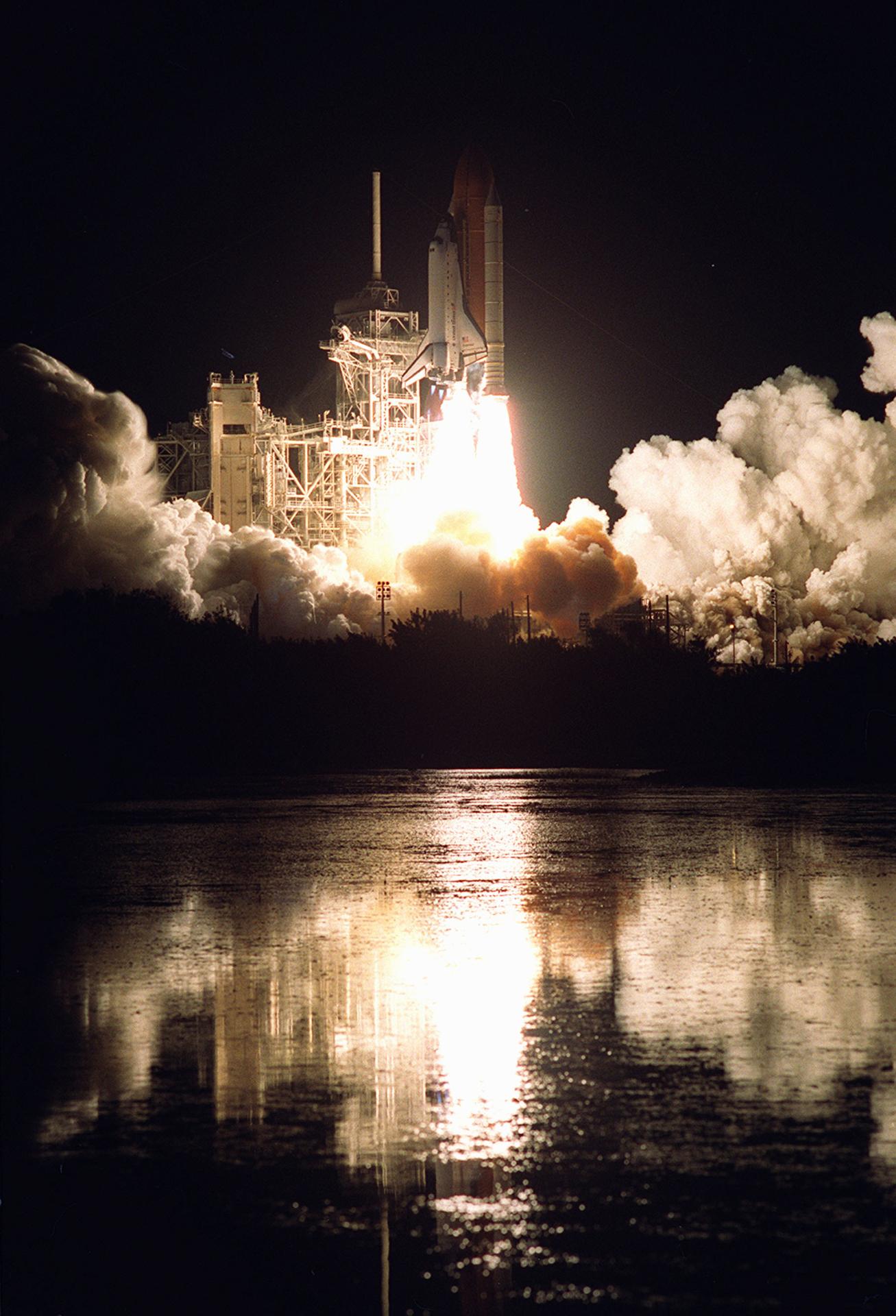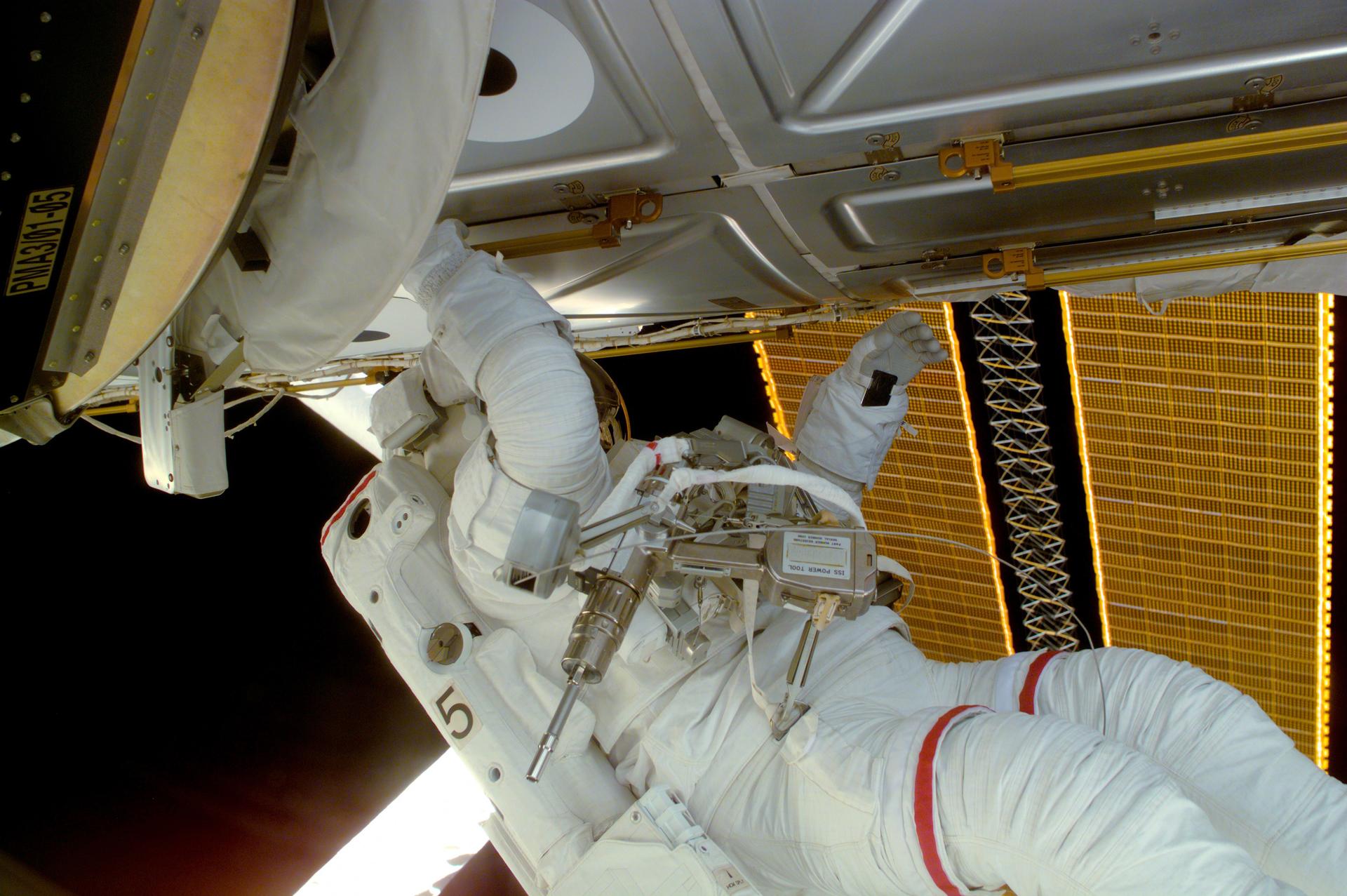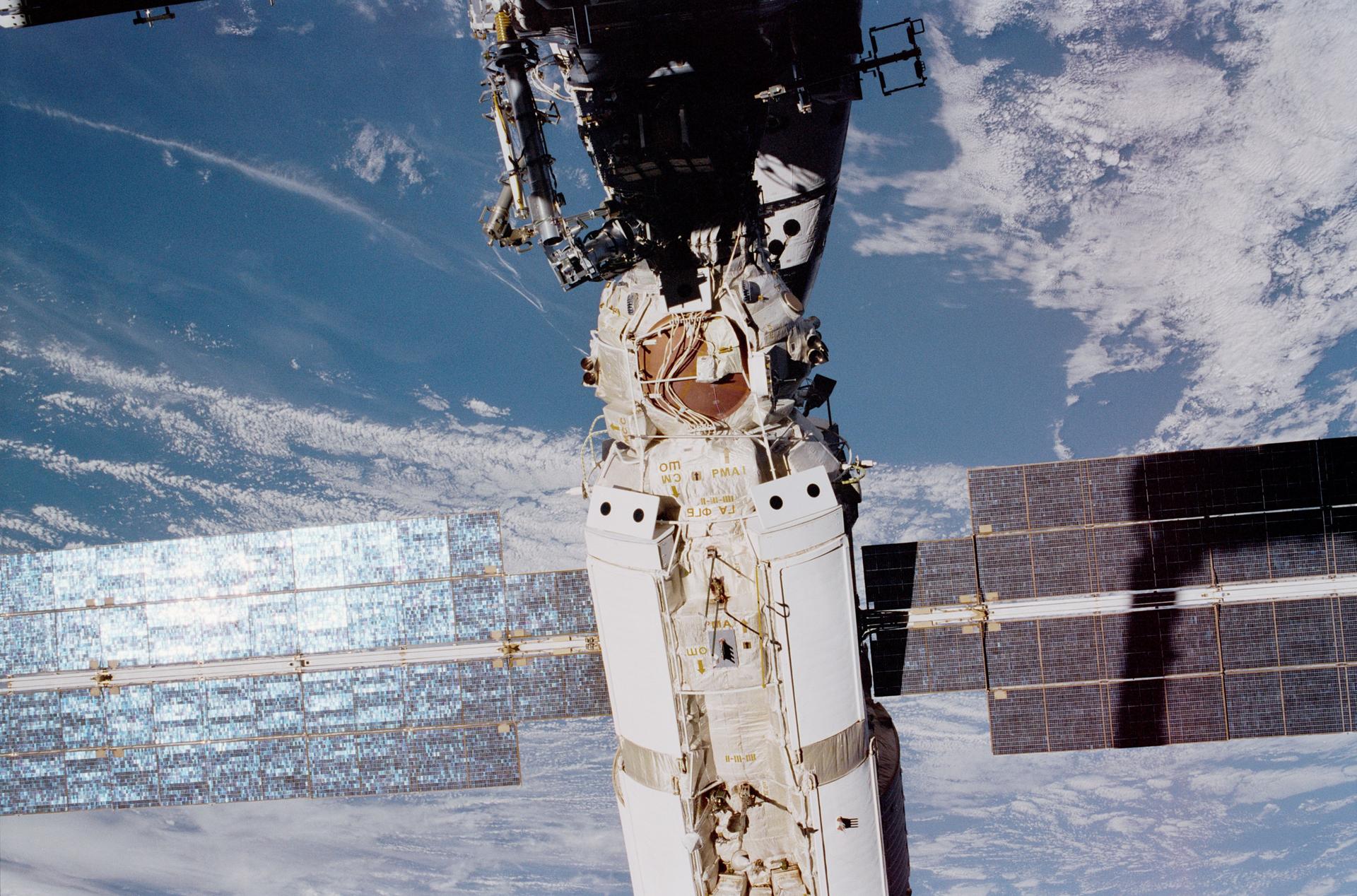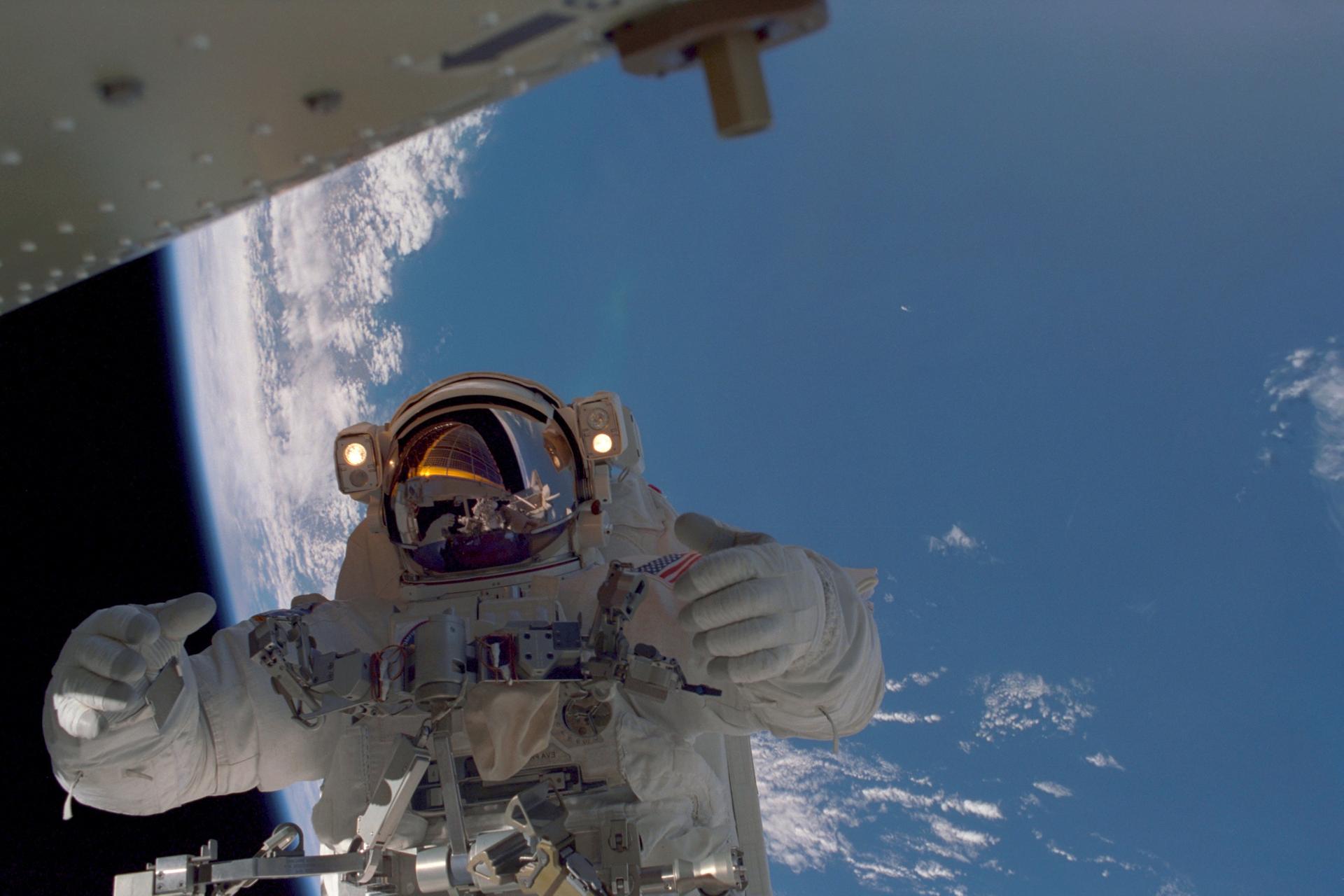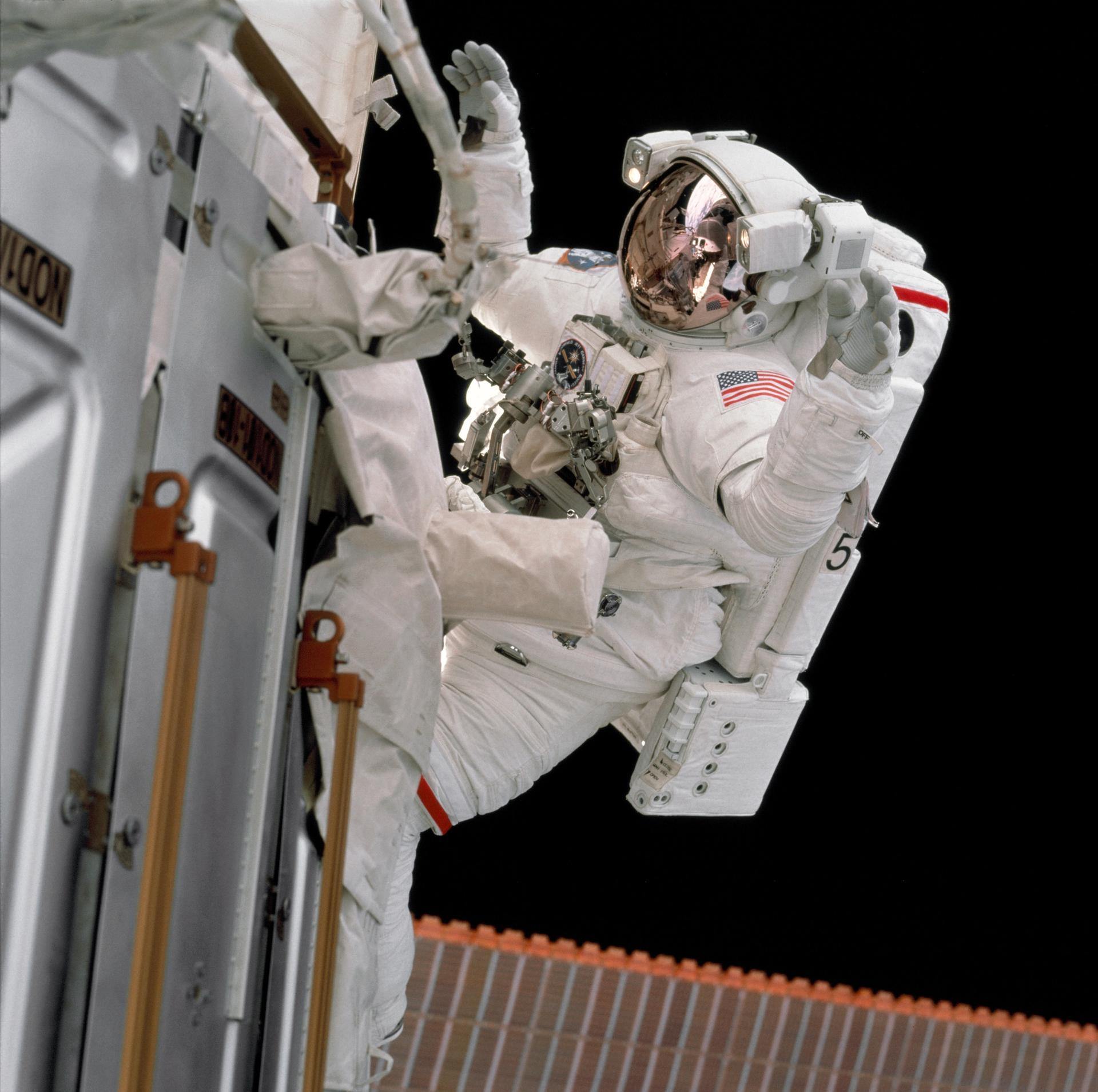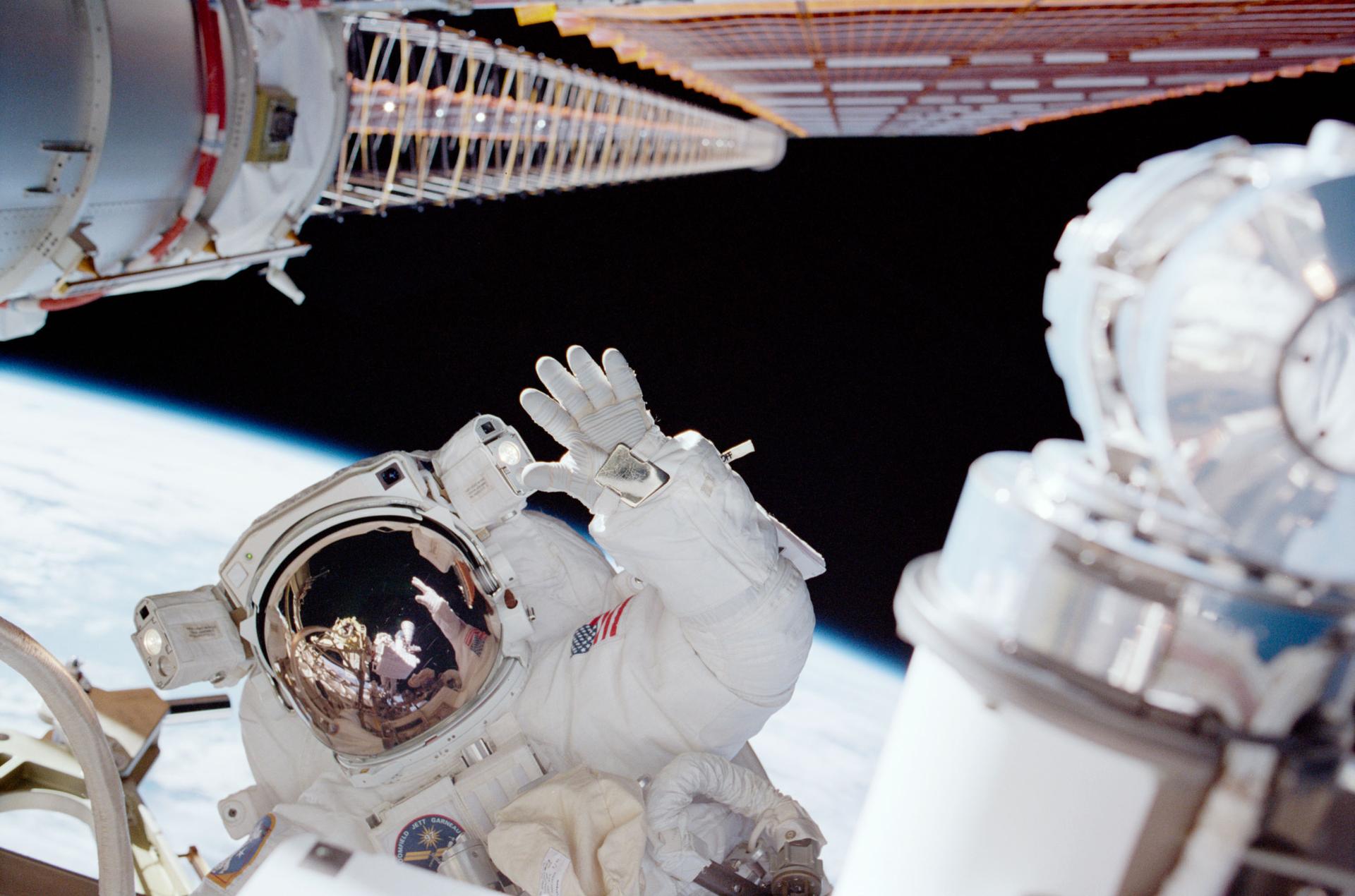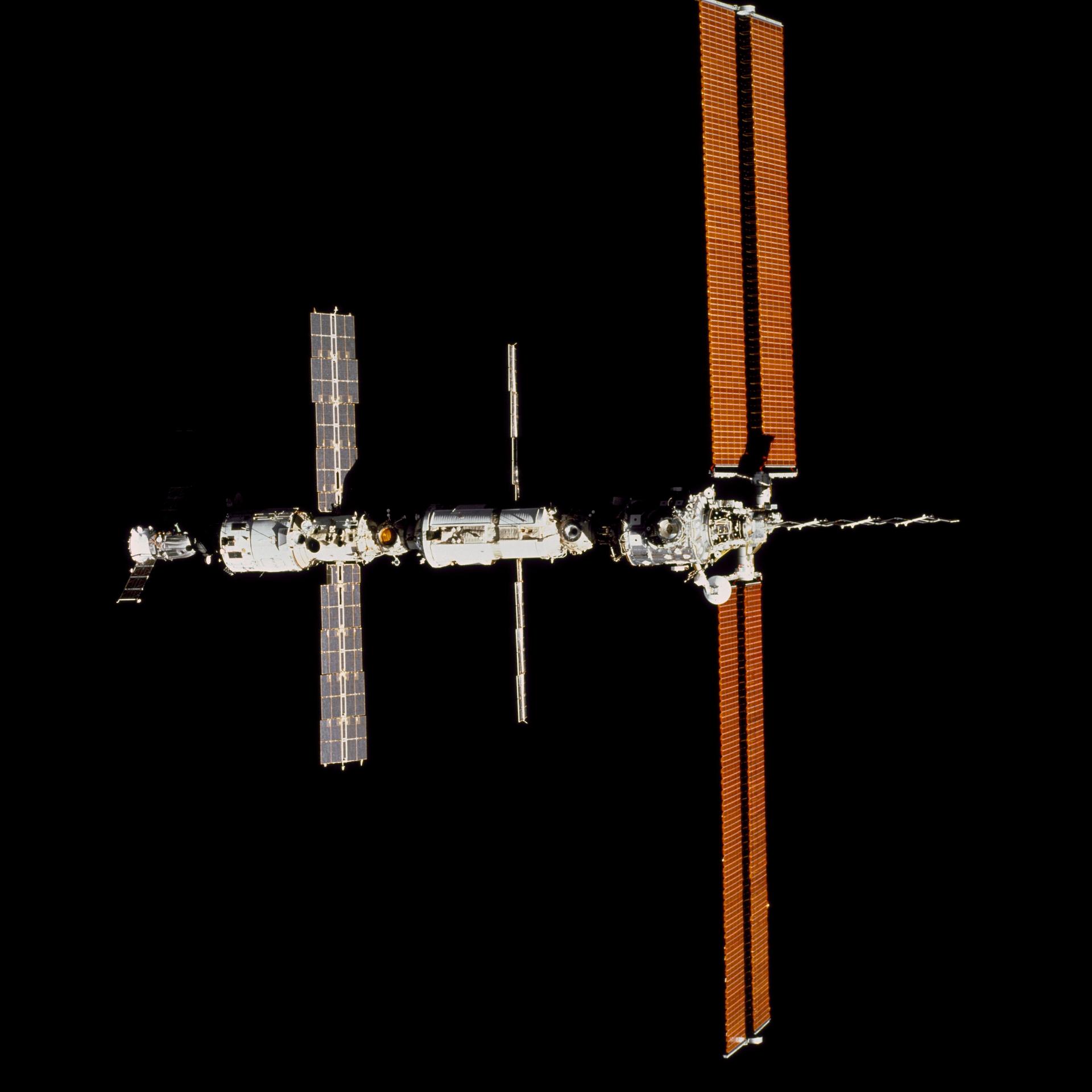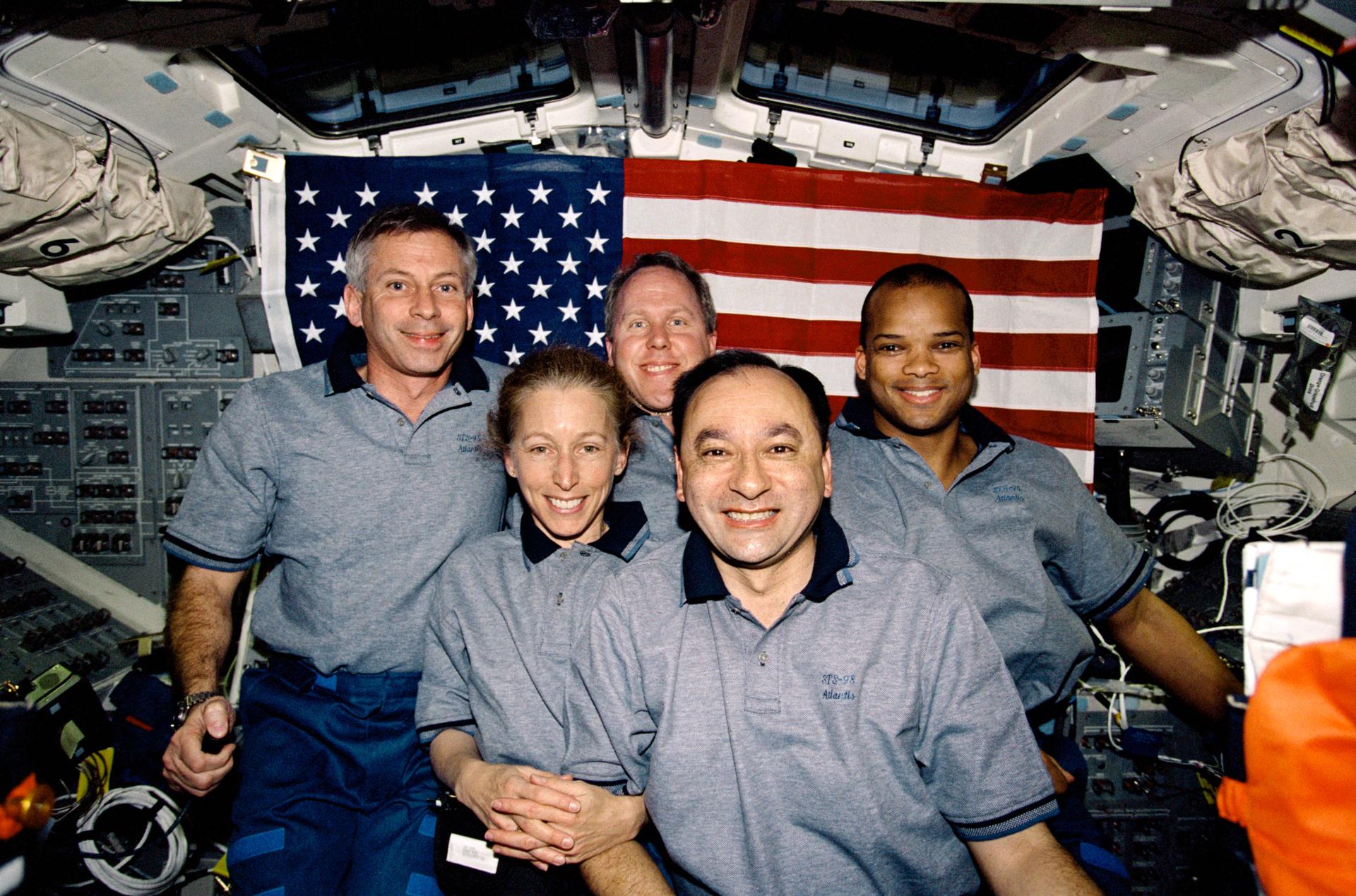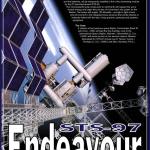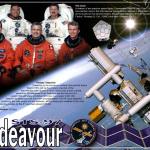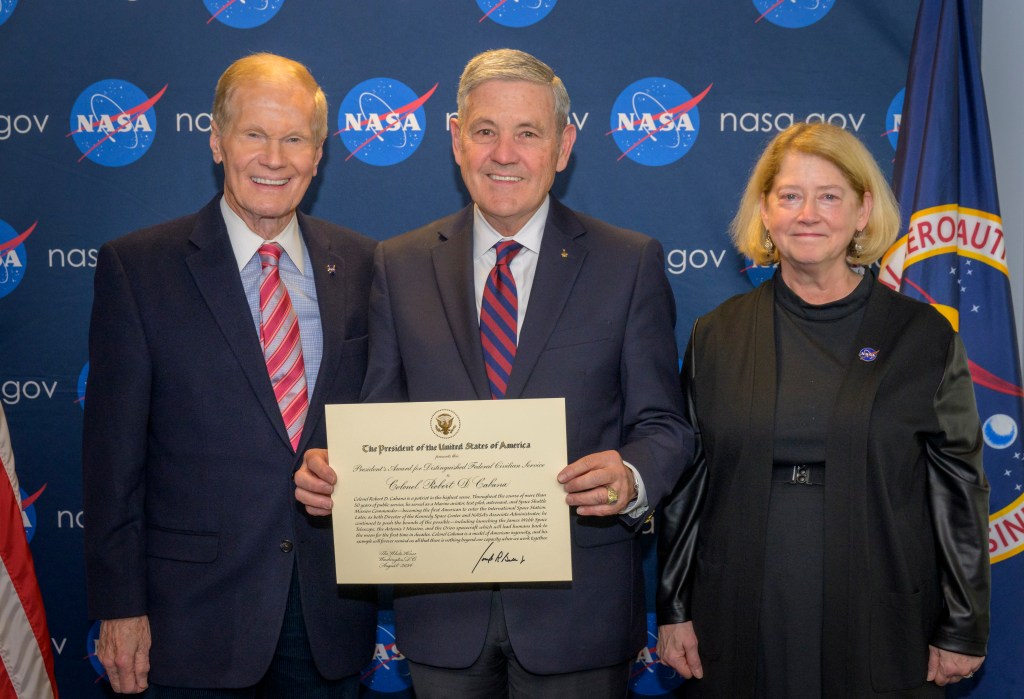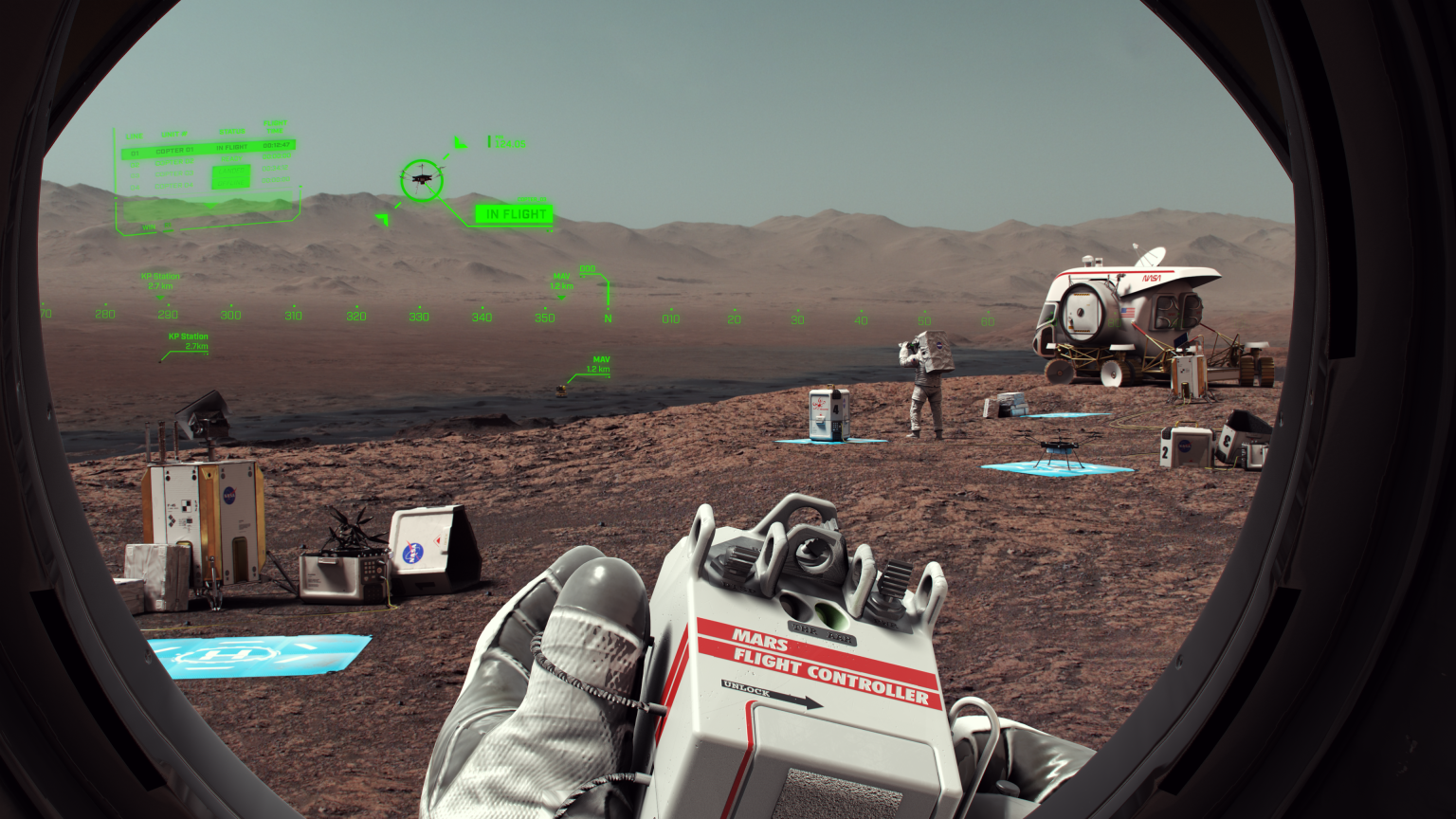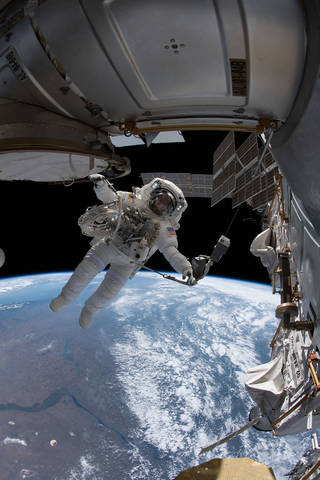
STS-97
STS-97 was the second space shuttle flight to the International Space Station.
Orbiter
mission duration
Launch
Landing
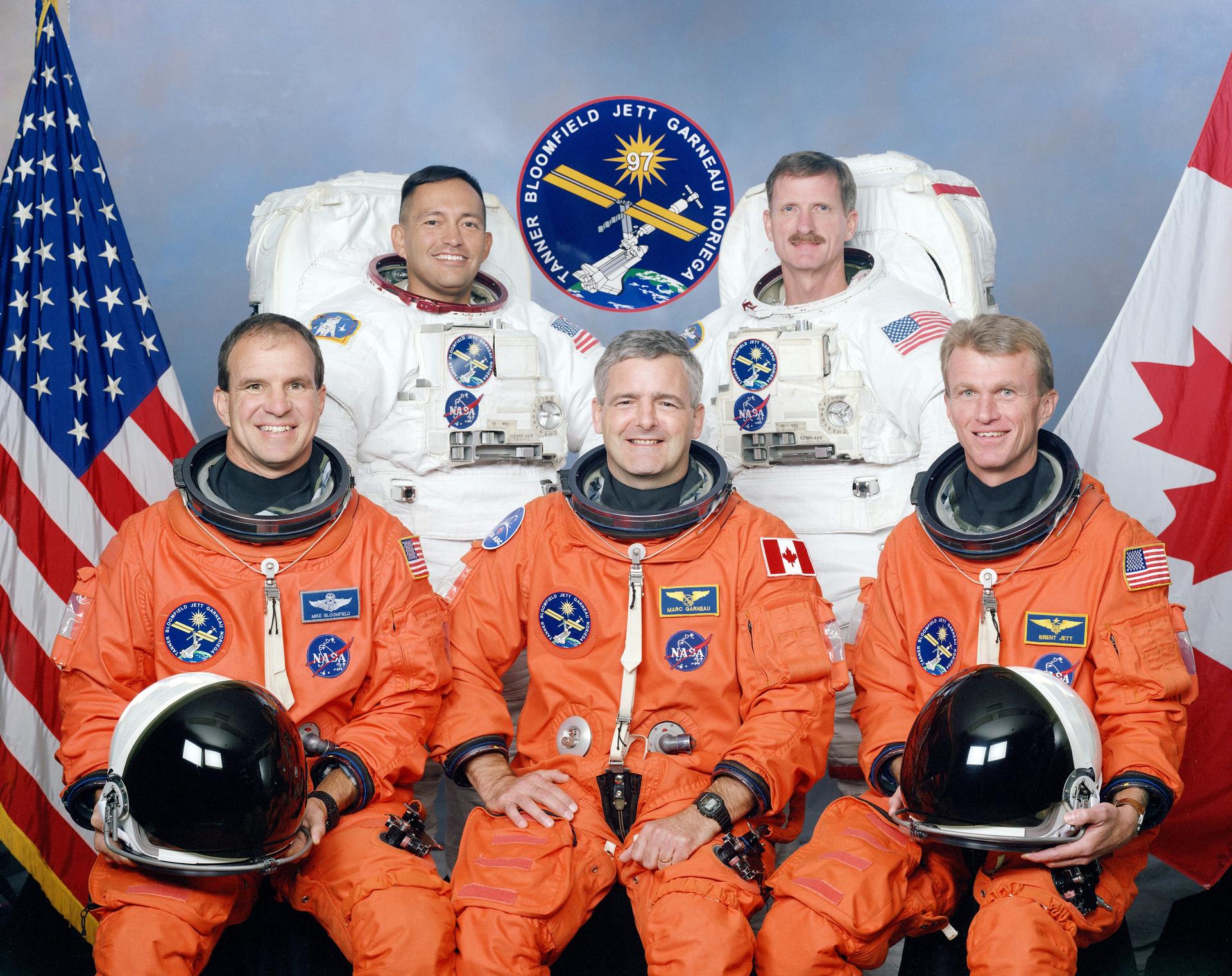
Mission Facts
Mission: International Space Station Assembly Flight 4A
Space Shuttle: Endeavour
Launch Pad: 39B
Launched: November 30, 2000, 10:06:01 p.m. EST
Landing Site: Kennedy Space Center, Florida
Landing: December 11, 2000, 6:04:20 p.m. EST
Runway: 15
Rollout Time: 57 seconds
Revolution: 171
Mission Duration: 10 days, 19 hours, 58 minutes
Miles Traveled: 4.5 million
Crew
Brent W. Jett, Jr., Commander
Michael J. Bloomfield, Pilot
Marc Garneau, Mission Specialist
Carlos I. Noriega, Mission Specialist
Joseph R. Tanner, Mission Specialist
Mission Highlights
On their 11-day mission, the astronauts completed three spacewalks, or EVAs, to deliver and connect the first set of U.S.-provided solar arrays to the International Space Station, prepare a docking port for arrival of the U.S. Laboratory Destiny, install Floating Potential Probes to measure electrical potential surrounding the station, install a camera cable outside the Unity module, and transfer supplies, equipment and refuse between Endeavour and the station.
On Flight Day 3, Commander Brent Jett linked Endeavour to the ISS while 230 statute miles above northeast Kazakhstan.
The successful checkout of the extravehicular mobility units (EMUs), the Simplified Aid for EVA Rescue (SAFER) units, the Remote Manipulator System (RMS), the Orbiter Space Vision System (OSVS) and the Orbiter Docking System (ODS) were all completed nominally. Also, the ODS centerline camera was installed with no misalignment noted.
From inside Endeavour, Mission Specialist Garneau used the RMS to remove the P6 truss from the payload bay, maneuvering it into an overnight park position to warm its components. Mission Specialists Joseph Tanner and Carlos Noriega moved through Endeavour’s docking tunnel and opened the hatch to the ISS docking port to leave supplies and computer hardware on the doorstep of the Station. On flight day 4, the Expedition One crew — Commander Bill Shepherd, Pilot Yuri Gidzenko and Flight Engineer Sergei Krikalev — entered the Unity module for the first time and retrieved the items left for them.
At 9:36 a.m. EST on Friday, December 8, the crew paid the first visit to the Expedition One crew residing in the space station. Until then the shuttle and the station had kept one hatch closed to maintain respective atmospheric pressures, allowing the shuttle crew to conduct their spacewalks and mission goals. After a welcome ceremony and briefing, the eight spacefarers conducted structural tests of the station and its solar arrays, transferred equipment, supplies and refuse back and forth between the spacecraft, and checked out the television camera cable installed by Tanner and Noriega for the upcoming mission.
On December 9, the two crews completed final transfers of supplies to the station and other items being returned to Earth. The Endeavour crew bade farewell to the Expedition One crew at 10:51 a.m. EST and closed the hatches between the spacecraft. After being docked together for 6 days, 23 hours and 13 minutes, Endeavour undocked from the station at 2:13 p.m. EST. Piloted by Michael Bloomfield, it then made an hour-long, tail-first circle of the station. The undocking took place 235 statute miles above the border of Kazakhstan and China. The final separation burn took place near the northeast coast of South America.
STS-97
Shuttle News
Retired Space Shuttle Locations
Shuttle Atlantis – Kennedy Space Center Visitor Complex Shuttle Discovery – Steven F. Udvar-Hazy Center Shuttle Endeavour – California Science…
Read the Story